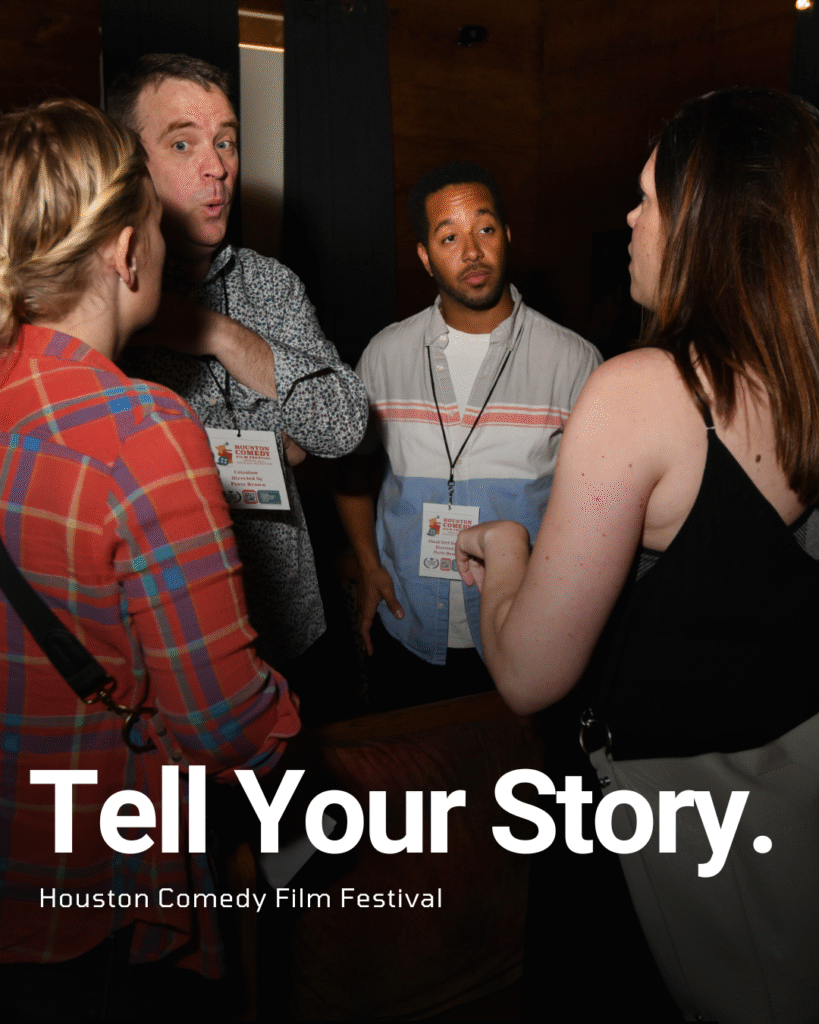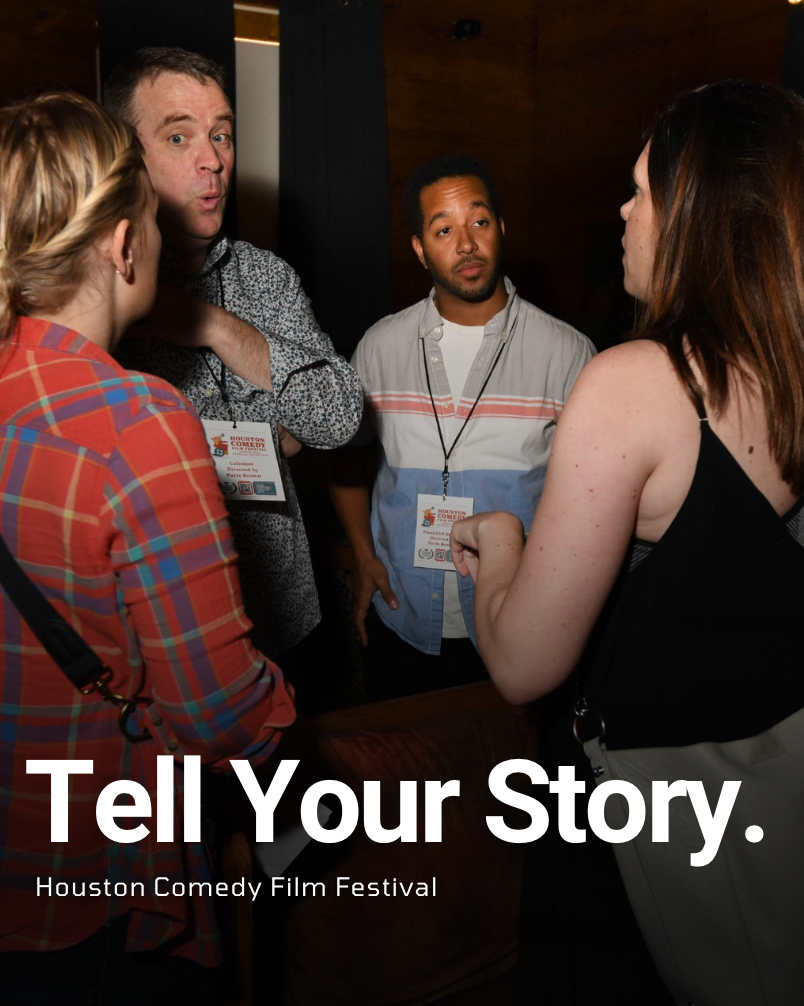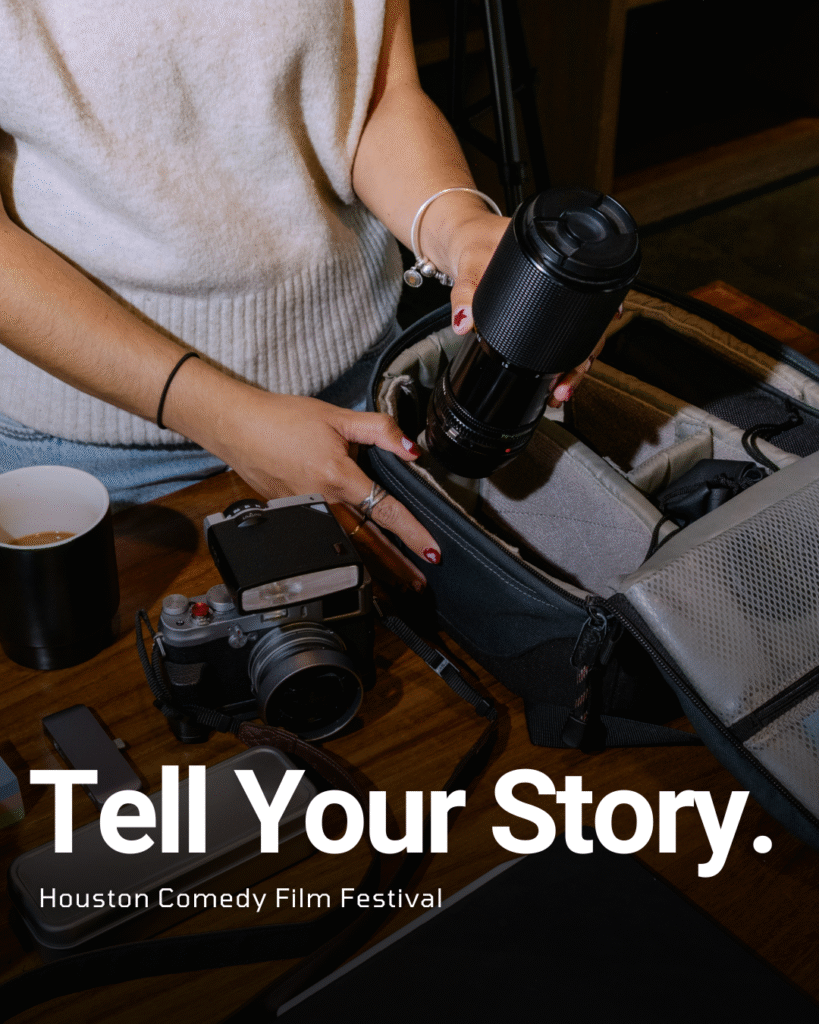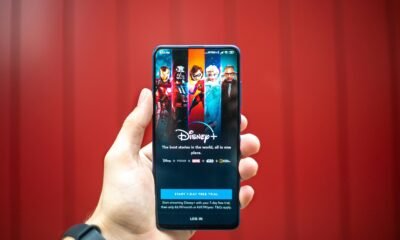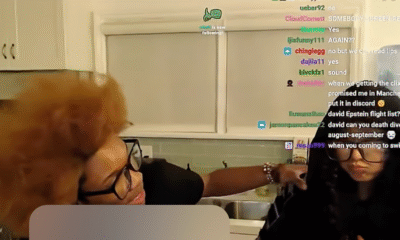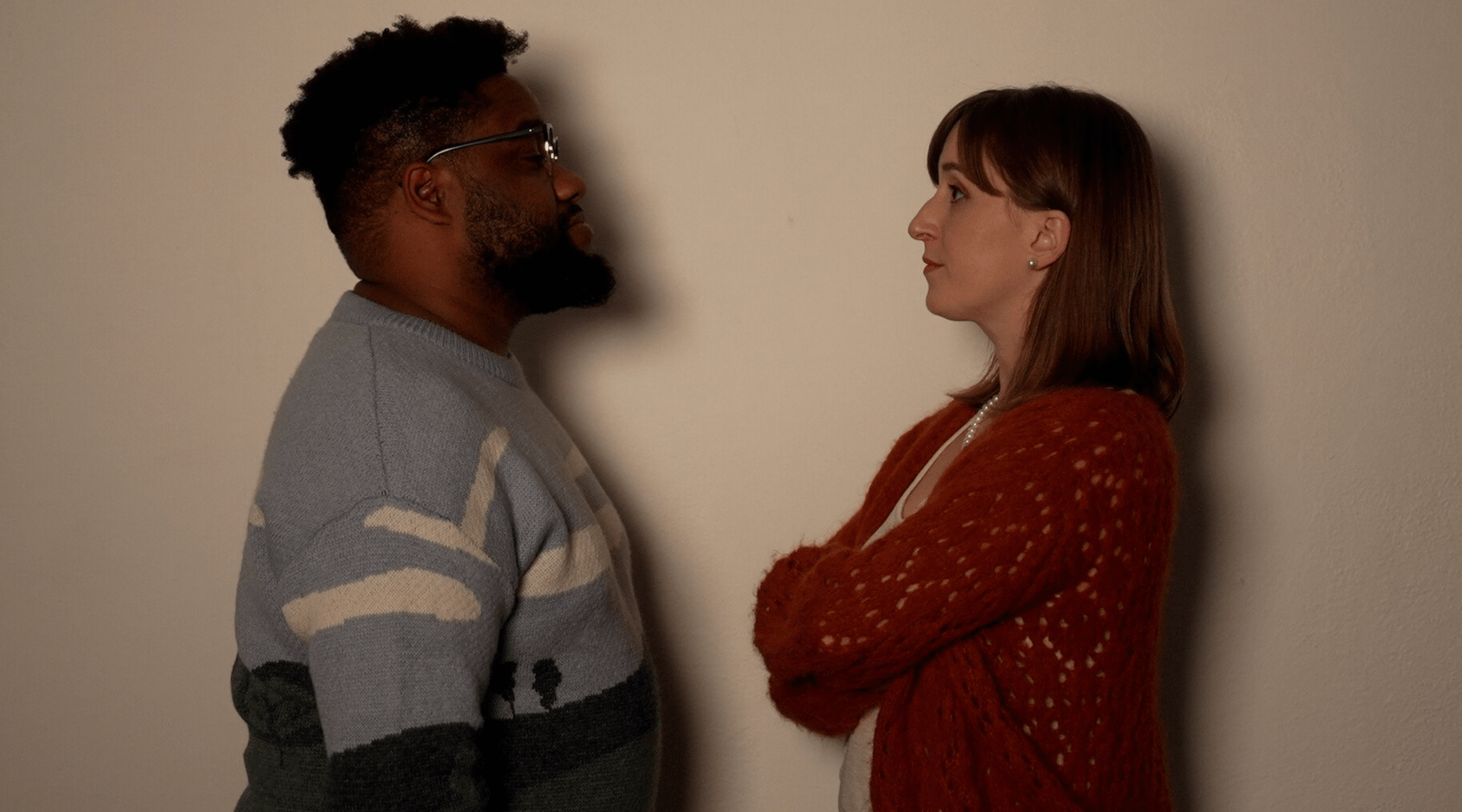Entertainment
Breaking Down How ‘Love at First Sight’ Compares to YA Novel Inspiration on September 16, 2023 at 8:52 pm Us Weekly
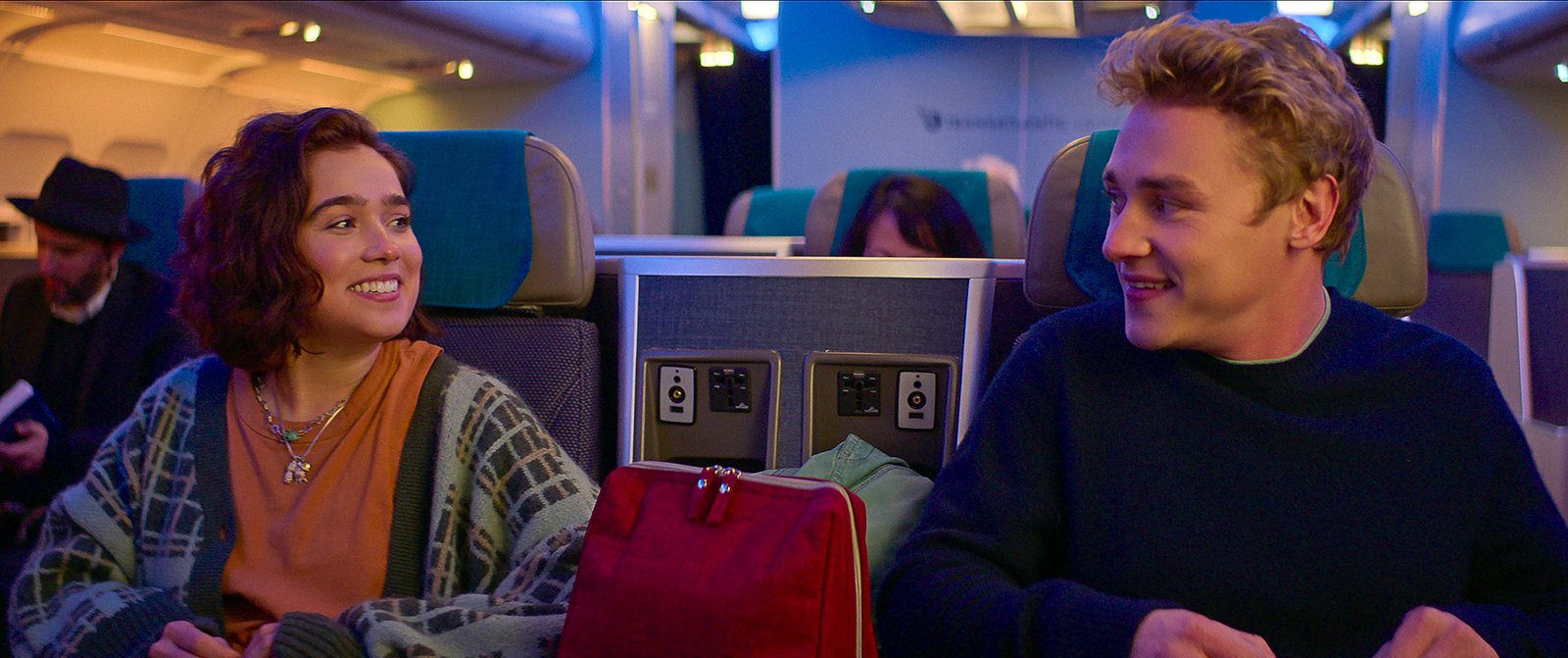
Haley Lu Richardson and Ben Hardy star in our latest Netflix romantic comedy obsession, Love at First Sight, which was adapted from Jennifer E. Smith’s 2012 novel of a nearly identical name.
Smith’s The Statistical Probability of Love at First Sight kicked off with high school senior Hadley Sullivan narrowly missing her flight to London for her dad’s second wedding. Her replacement flight seats her beside British college student Oliver, who is returning home for a funeral. Throughout the course of the novel, the twosome connect over life, love and everything in between — in a single day.
It was announced in April 2022 that Netflix planned to bring Smith’s bestselling words to life starring Richardson and Hardy as Hadley and Oliver, respectively.
“They’ve shortened the title, but it’s still the same story you’ve loved all these years, and I hope you’ll love the film version just as much,” Smith wrote via Instagram in January, referring to the film’s abbreviated name.
Love at First Sight premiered Friday, September 15, on Netflix.
Keep reading for a breakdown of how Love at First Sight compares to its literary inspiration:
Age Gaps
While the book versions of Hadley and Oliver are 17 and 18, respectively, they’ve been aged up for the big screen treatment. In the film, Hadley is 20 and Oliver is two years older than her at 22.
Haley Lu Richardson as Hadley Sullivan and Ben Hardy as Oliver Jones in ‘Love at First Sight.’ Courtesy of Netflix
Descriptive Discrepancies
Eagle-eyed book lovers will note that the movie took a few liberties with some minuscule details, especially in regard to Hadley’s bridesmaid dress (maroon in color instead of lavender) and the location and venue of Hadley and Oliver’s respective events. (For what it is worth: Shoreditch and Kensington are two very distinct areas in London, as are Paddington and Peckham.)
Perhaps the biggest change was the plane seating configuration. In The Statistical Probability of Love at First Sight, Hadley and Oliver are assigned the window and aisle seats in row 18. (Oliver ends up taking the middle seat to chat with Hadley, switching spots with an older woman.) In the Netflix flick, they both end up seated in a business-class two-seater.
A New Addition
There is no narrator as a person in the book, which meant a role was added in the film for Jameela Jamil. The Good Place alum even popped into various scenes as different characters to help move the story along.
Oliver’s Entire Backstory
Oliver, who is given the surname Jones in the movie despite never having a last name in the novel, has a completely different background. In the book, he is the youngest of three boys and is estranged from his father, whose funeral he was set to attend. In the movie, Oliver just has one brother and he is close to his happily married parents. The funeral is a “living memorial” for his mother, who is dying of cancer.
The new backstory allowed viewers to also see the story from Oliver’s side instead of solely Hadley’s point-of-view like the novel.
Haley Lu Richardson as Hadley Sullivan and Ben Hardy as Oliver Jones in ‘Love at First Sight.’ Courtesy of Netflix
Losing an Entire Character — or Two
While Hadley was upset with her dad, Andrew Sullivan, in both the book and movie for leaving her family post-divorce, she leaned on her mom on the page. Hadley’s mother was not featured in the movie nor was Hadley’s almost-stepfather Harrison. (Movie Hadley’s phobia of dentists had Us wondering if it was a subtle reference to Harrison’s dental profession.)
Inside the ‘Memorial’
With the movie giving more access to Oliver, it also allowed fans (and Hadley) to go into his mom’s memorial and meet his family. As pointed out above, the tweak allows viewers to see Oliver’s emotions and vulnerabilities whereas he was a fairly one-dimensional book love interest.
A Dickensian Connection
Book Hadley and her dad had a huge bond over Charles Dickens and his novel Our Mutual Friend. The movie left that connection completely intact.
Jameela Jamil as Narrator in ‘Love at First Sight.’ Rob Baker Ashton/Netflix
Ripped From the Page
Faithful book readers will be delighted that several exact lines and jokes were replicated in the Netflix script — including the last scene’s final dialogue when Oliver mutters the complete book title for the first time.
A New Ending
The Statistical Probability of Love at First Sight ends with the pair reuniting at the end of the day, whereas Jamil’s character gives movie fans a brief “epilogue” of sorts. In a voiceover, she teases where Oliver and Hadley end up long after the onscreen day ends.
Love at First Sight is currently streaming on Netflix.
Haley Lu Richardson and Ben Hardy star in our latest Netflix romantic comedy obsession, Love at First Sight, which was adapted from Jennifer E. Smith’s 2012 novel of a nearly identical name. Smith’s The Statistical Probability of Love at First Sight kicked off with high school senior Hadley Sullivan narrowly missing her flight to London
Us Weekly Read More
Entertainment
Selling Your Soul in Hollywood: The Hidden Cost of Fame
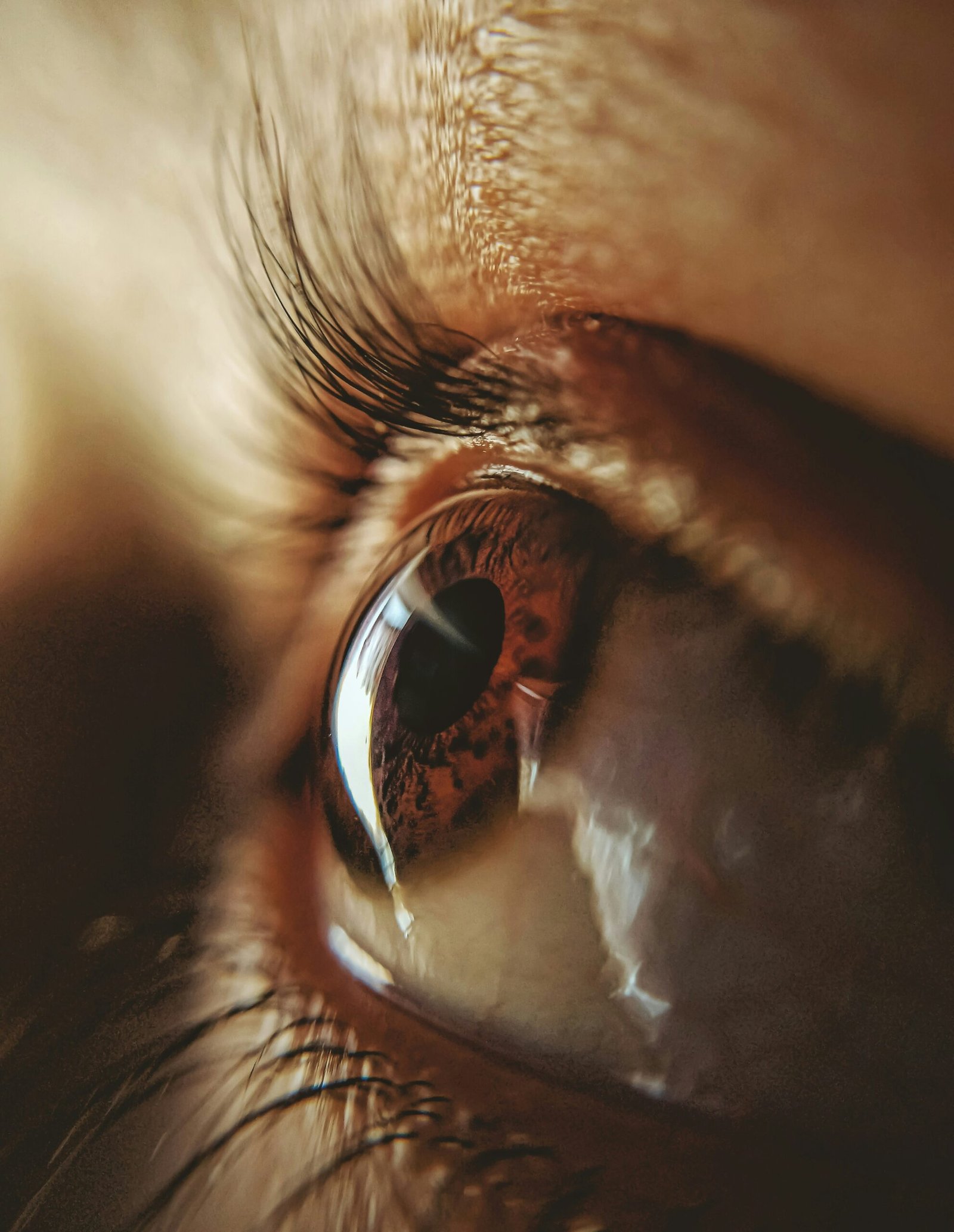
By all appearances, Hollywood is a dream factory — a place where charisma, talent, and luck collide to create stars. But behind the camera lights and red carpets lies a conversation few inside the industry speak openly about: the spiritual and moral price of ambition.
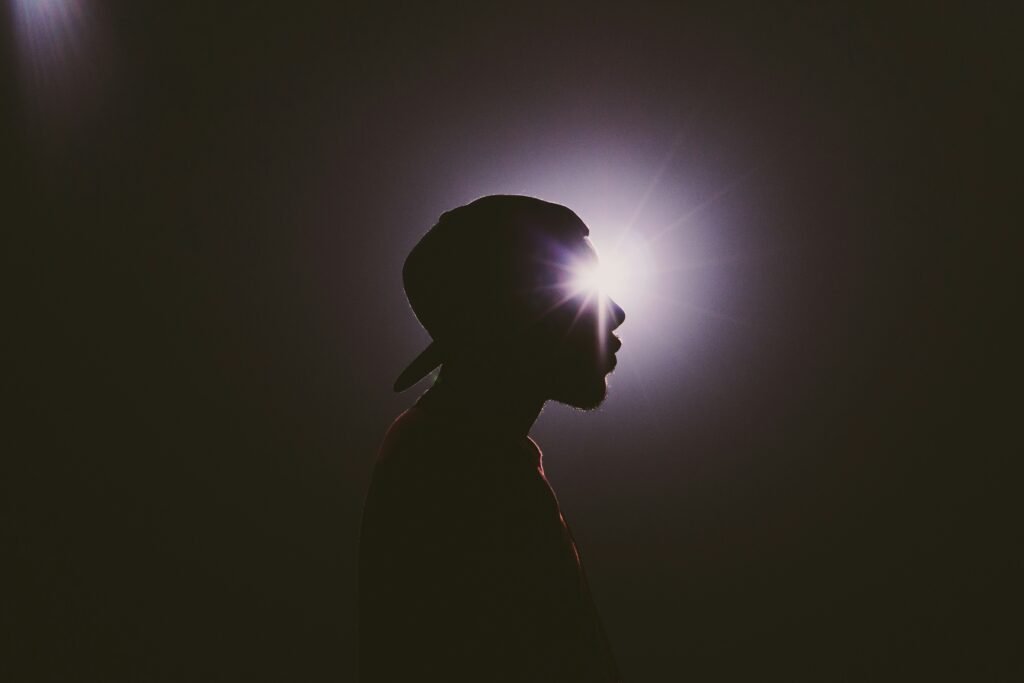
For actor Omar Gooding, the idea of “selling your soul” in Hollywood isn’t a metaphor — it’s a moral process that begins with tiny compromises. In an October 2025 interview, Gooding explained that no one in Hollywood makes a literal deal with the devil. Instead, it’s the quiet yeses, the moments when comfort overrides conviction, that mark the beginning of the trade. “They don’t say, ‘Take this or you’ll never make it,’” he said. “They just put it in front of you. You choose.”
Those choices, he argues, create a pattern. Once you show that you’ll accept something you once resisted, the industry notices. “Hollywood knows who it can get away with what,” Gooding said. “One thing always leads to another.” The phrase “selling your soul,” in this context, means losing your say — doing what you’re told rather than what you believe in.
That moral tension has long shadowed the arts. Comedians like Dave Chappelle, who famously walked away from millions to preserve his creative integrity, often serve as examples of where conviction and career collide. In resurfaced interviews, Chappelle hinted that he felt manipulated and silenced by powerful figures who sought control of his narrative, warning that “they’re trying to convince me I’m insane.”
This isn’t just about conspiracy — it’s about agency. Hollywood runs on perception. Performers are rewarded for being agreeable, moldable, entertaining. Those who question the machine or refuse the script risk exile, while those who conform are elevated — sometimes beyond what they can handle.
“We see the ‘collections’ all the time,” Gooding explained. “When the bill comes due, you can tell. They made that deal long ago.”
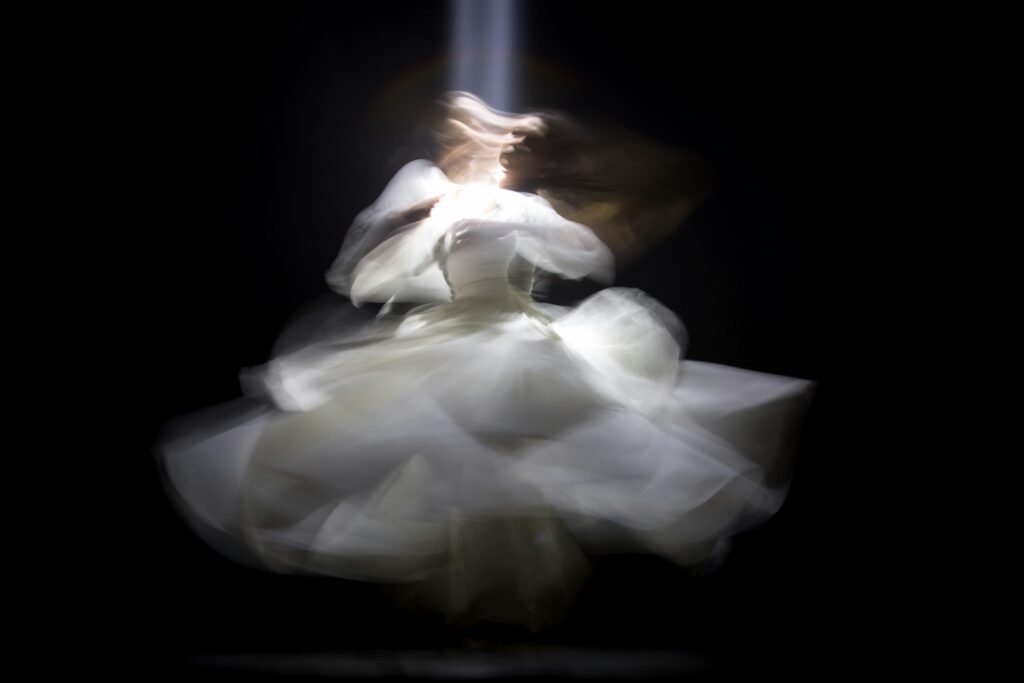
But the story doesn’t end in darkness. Gooding also emphasizes that in today’s entertainment landscape, artists have more control than ever. With streaming, social media, and creator‑driven platforms, performers don’t have to “play the game” to be seen. Independent creators can build their own stages, speak their own truths, and reach millions without trading authenticity for access.
Still, the temptation remains — recognition, validation, quick success. And every generation of artists must answer the same question: What are you willing to do for fame?
As Gooding put it, “You just make the best choices you can. Because once it’s gone — your name, your peace, your soul — there’s no buying it back.”
Entertainment
California Bans AI Clones from Replacing Real Talent
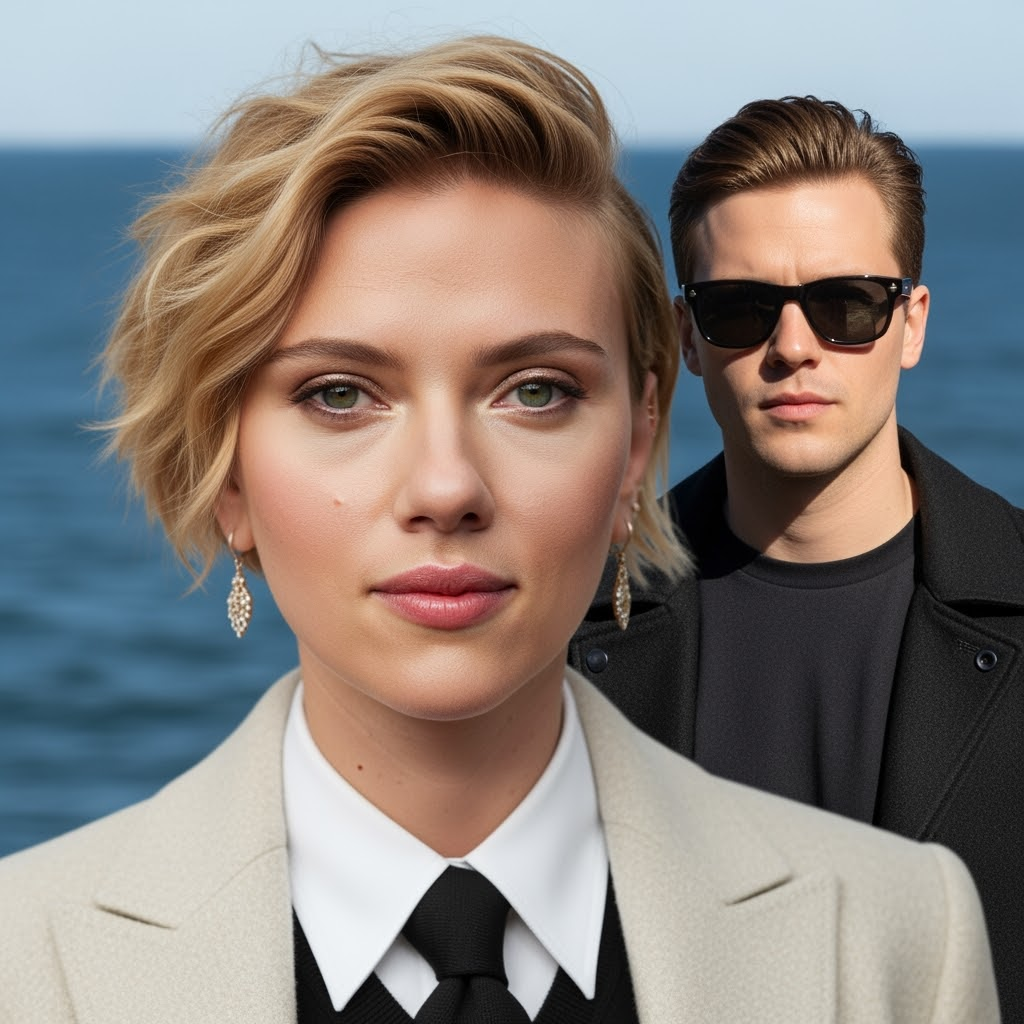
California just made a dramatic stand for human creativity, defeating the threat of AI actor clones with a sweeping new law that puts people—not algorithms—back in the Hollywood spotlight. With the stroke of Governor Gavin Newsom’s pen in October 2025, the state has sent a clear message to studios, tech companies, and the world: entertainment’s heart belongs to those who create and perform, not to digital facsimiles.
California Draws a Hard Line: No More AI Clones
For months, the entertainment industry has been divided over the use of artificial intelligence in filmmaking. Studios, lured by promises of cost-cutting and creative flexibility, have invested in software that can mimic an actor’s face, voice, and even emotional range. But for performers, this wave of synthetic reproduction has triggered alarm—encouraged by chilling stories of deepfakes, unauthorized digital doubles, and contracts that let studios reuse a star’s likeness indefinitely, sometimes without pay or approval.
The new California law, anchored by AB 2602 and AB 1836, changes everything:
- Every contract must explicitly detail how studios can use digital replicas or voice models, preventing once-common “blank check” agreements that overlooked this risk.
- No one—not studios nor streaming giants—can create or release AI-generated clones of an actor, living or dead, without clear, written consent from the performer or their estate.
- The law gives families new powers to defend loved ones from posthumous deepfake exploitation, closing painful loopholes that once let virtual versions of late icons appear in new ads, films, or games.
Actors Celebrate a Major Victory
The legislation rides the momentum of the recent SAG-AFTRA strike, where real-life talent demanded control over their own digital destinies. Leaders say these protections will empower artists to negotiate fair contracts and refuse participation in projects that cross ethical lines, restoring dignity and choice in an industry threatened by silent algorithms.
Stars, unions, and advocacy groups are hailing the law as the most robust defense yet against unwanted AI replications.
As one actor put it, “This isn’t just about money—it’s about identity, legacy, and respect for real artists in a synthetic age.”
A New Chapter for the Entertainment Industry
California’s move isn’t just a victory for local talent—it’s a warning shot to studios everywhere. Companies will now be forced to rethink production pipelines, consult legal counsel, and obtain proper clearance before digitally cloning anyone. Global entertainment platforms and tech developers will need to comply if they want to do business in the world’s entertainment capital.

These laws also set a template likely to ripple through other creative fields, from musicians whose voices can be synthesized to writers whose work could be mimicked by generative AI. For now, California performers finally have a powerful shield, ready to fight for the right to shape their own public image.
Conclusion: Human Talent Takes Center Stage
With its no-nonsense ban on AI actor clones, California draws a bold line, championing the work, likeness, and very humanity of its creative stars. It’s a landmark step that forces the entertainment industry to choose: respect real talent, or face real consequences. The age of the consentless digital double is over—human performers remain the true source of Hollywood magic.
Entertainment
Chaos and Comedy: Darby Kingman’s “Camp Wackapoo: Rise of Glog”
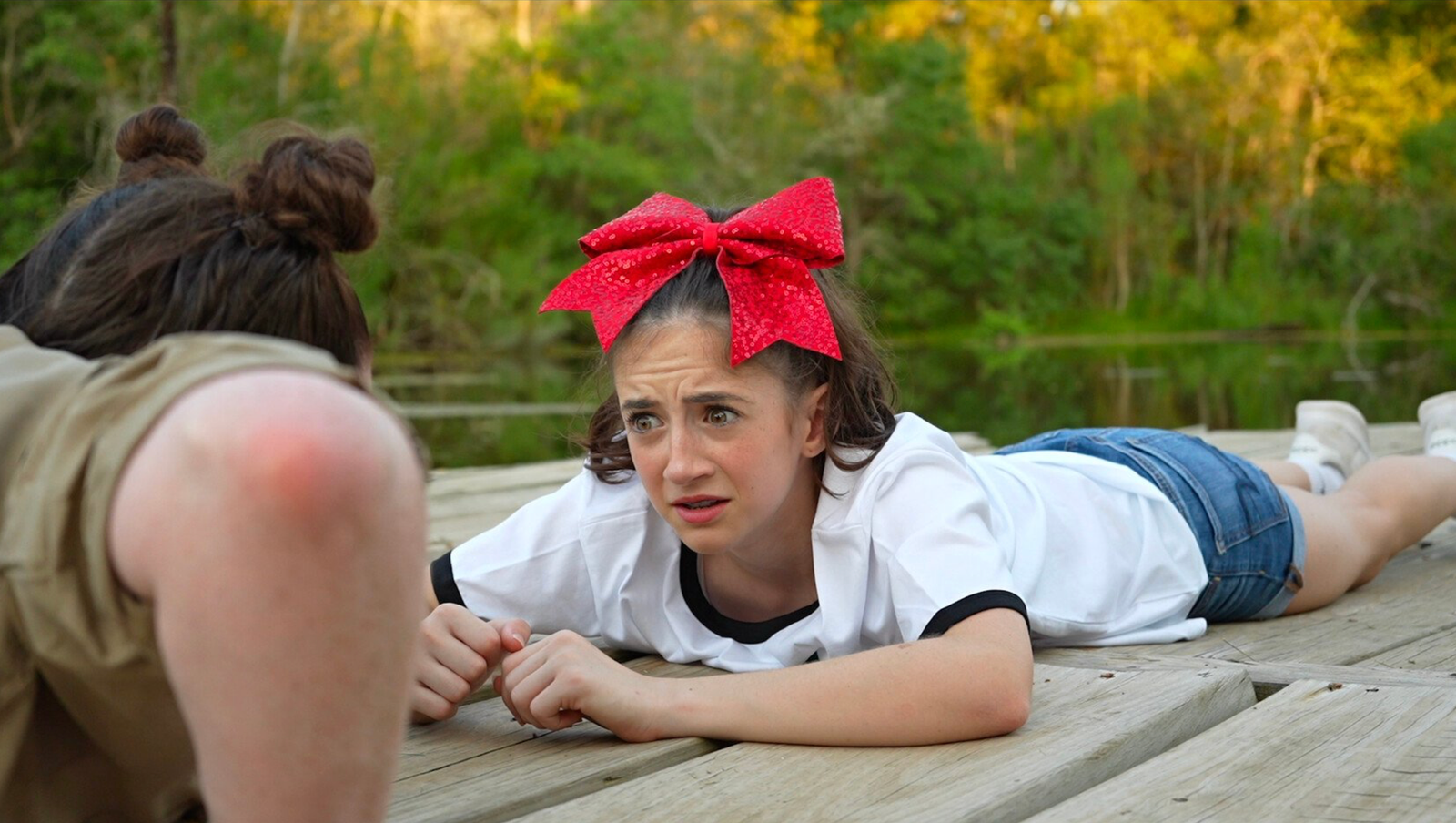
Darby Kingman’s “Camp Wackapoo: Rise of Glog” redefines summer camp comedy with a wild, energetic story about ambition, chaos, and the joy of embracing the unexpected. The film centers on a relentlessly competitive camp counselor who’s determined to finish first—only to face a motley crew of unruly campers and a summer unlike any other.
As Darby puts it, “Not everything is that deep. It really honestly was to make people laugh. She has all these kids that are not working with her and she’s just losing her mind. It’s crazy, silly, goofy, and it was a blast.”
What started as a simple scene for Darby’s acting reel evolved into a full-fledged film with encouragement from her mentor at Debbie Reynolds Acting School. Darby dove into every role—writing, directing, starring, and meticulously preparing each prop and costume. “Plan and prepare, but also be flexible and ready to be in the moment—that’s when the magic happens,” she advises.
Working with a handpicked cast of her own dance students, Darby built an atmosphere of real teamwork and camaraderie. She credits the “precious” energy of her young cast, her creative director of photography, and the overall spirit of her production team for turning the project into something bigger than herself. Her experience is an inspiring blueprint for indie filmmakers:
“Take initiative and control of your career. You can’t just sit around and wait for somebody to pick you. Figure out what you’re good at and go for it. Create something that brings joy to others.”
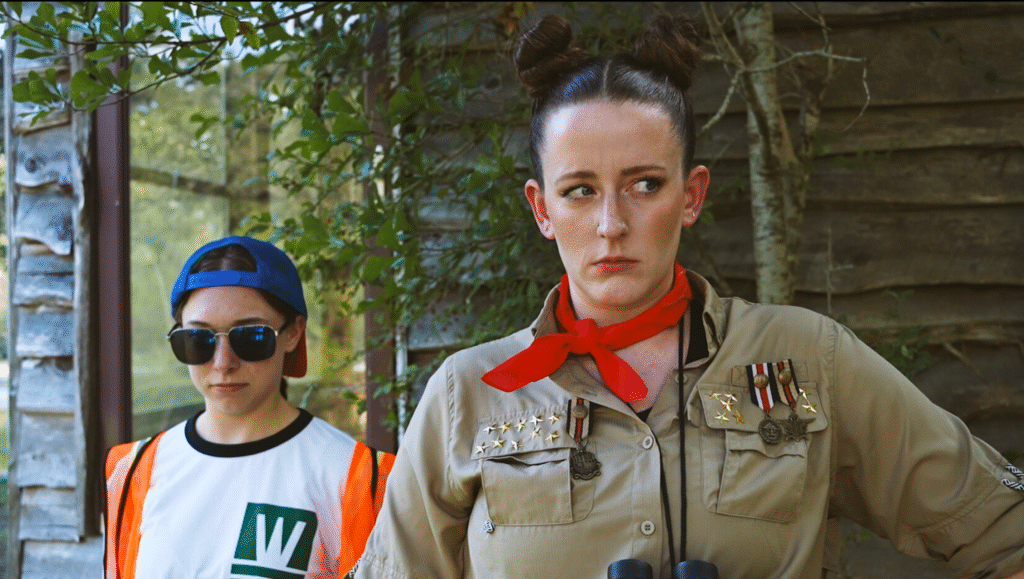
Her production motto? “Preparation is key, but you have to be ready to go with the flow—that’s when the magic happens.” Darby’s fearless creativity, focus on collaboration, and love for comedy shine throughout “Camp Wackapoo: Rise of Glog.” It’s more than just a camp satire—it’s a heartfelt testament to hard work, original humor, and leadership from the ground up: “People need to laugh right now. That’s a win.”
Catch “Camp Wackapoo: Rise of Glog” and experience Darby’s infectious energy and comic genius at the Deluxe Theatre on November 1, 2025. Get your tickets now at Houstoncomedyfilmfestival.com.

 Business4 weeks ago
Business4 weeks agoDisney Loses $3.87 Billion as Subscription Cancellations Surge After Kimmel Suspension

 Entertainment4 weeks ago
Entertainment4 weeks agoWhat the Deletion Frenzy Reveals in the David and Celeste Tragedy

 Entertainment4 weeks ago
Entertainment4 weeks agoExecutive Producer Debut: How Celia Carver Created Festival Hit ‘Afterparty’

 Health4 weeks ago
Health4 weeks agoRussia Claims 100% Success With New mRNA Cancer Vaccine

 Business3 weeks ago
Business3 weeks agoWhy Are Influencers Getting $7K to Post About Israel?

 Health4 weeks ago
Health4 weeks agoWhy Did Gen Z QUIT Drinking Alcohol?

 Advice4 weeks ago
Advice4 weeks agoHow AI Is Forcing Everyone Into the Entrepreneur Game

 Entertainment3 weeks ago
Entertainment3 weeks agoKeith Urban and Nicole Kidman Split After 20 Years as Actress Files for Divorce



